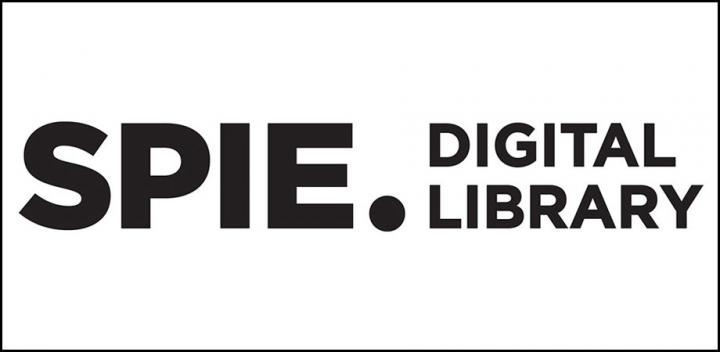Awards recognize interdisciplinary applications, theoretical innovation, and photo-optical instrumentation and designAwards recognize interdisciplinary applications, theoretical innovation, and photo-optical instrumentation and design

Credit: SPIE
BELLINGHAM, Washington – Exceptional articles in interdisciplinary applications, theoretical innovation, and photo-optical instrumentation design in the Journal of Applied Remote Sensing have been given best paper awards for papers published in 2019. The honorees were selected by the journal’s editorial board.
The journal is published online in the SPIE Digital Library by SPIE, the international society for optics and photonics, and optimizes the communication of concepts, information, and progress among the remote-sensing community. Ni-Bin Chang, professor of civil, environmental, and construction engineering at the University of Central Florida, is editor-in-chief.
“Underwater and airborne monitoring of marine ecosystems and debris” by Jun-Ichiro Watanabe, Yang Shao, and Naoto Miura (all of Hitachi Ltd., Japan) was selected for Interdisciplinary Applications. The paper argues that state-of-the-art, deep-learning-based object detection is effective for monitoring underwater ecosystems and marine debris.
“Semantic segmentation of multisensor remote sensing imagery with deep ConvNets and higher-order conditional random fields” by Yansong Liu, Sankaranarayanan Piramanayagam, Sildomar T. Monteiro, and Eli Saber (all of Rochester Institute of Technology, USA) was selected for Theoretical Innovation. The paper proposes a decision-level multisensor fusion technique for semantic labeling of very-high-resolution optical imagery and LiDAR data.
“RainCube: the first ever radar measurements from a CubeSat in space” by Eva Peral, Simone Tanelli, Shannon Statham, Shivani Joshi, Travis Imken, Douglas Price, Jonathan Sauder, Nacer Chahat, and Austin Williams was selected for Photo-Optical Instrumentation and Design (Peral, Tanelli, Statham, Joshi, Imken, Price, Sauder, and Chahat are all with the Jet Propulsion Laboratory and Caltech, USA; Williams is with Tyvak Nano-Satellite Systems Inc., USA). The paper reports on the first radar observations of precipitation via the RainCube CubeSat.
The SPIE Digital Library, the world’s largest collection of optics and photonics applied research, comprises more than 525,000 publications.
###
About SPIE
SPIE is the international society for optics and photonics, an educational not-for-profit organization founded in 1955 to advance light-based science, engineering, and technology. The Society serves more than 255,000 constituents from 183 countries, offering conferences and their published proceedings, continuing education, books, journals, and the SPIE Digital Library. In 2019, SPIE provided more than $5.6 million in community support including scholarships and awards, outreach and advocacy programs, travel grants, public policy, and educational resources. http://www.
Contact:
Daneet Steffens
Public Relations Manager
[email protected]
+1 360 685 5478
@SPIEtweets
Media Contact
Daneet Steffens
[email protected]
Original Source
https:/




